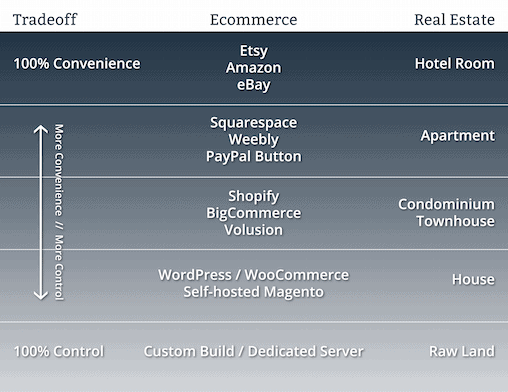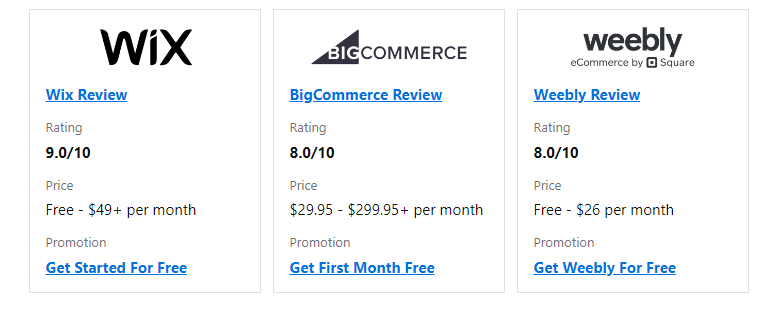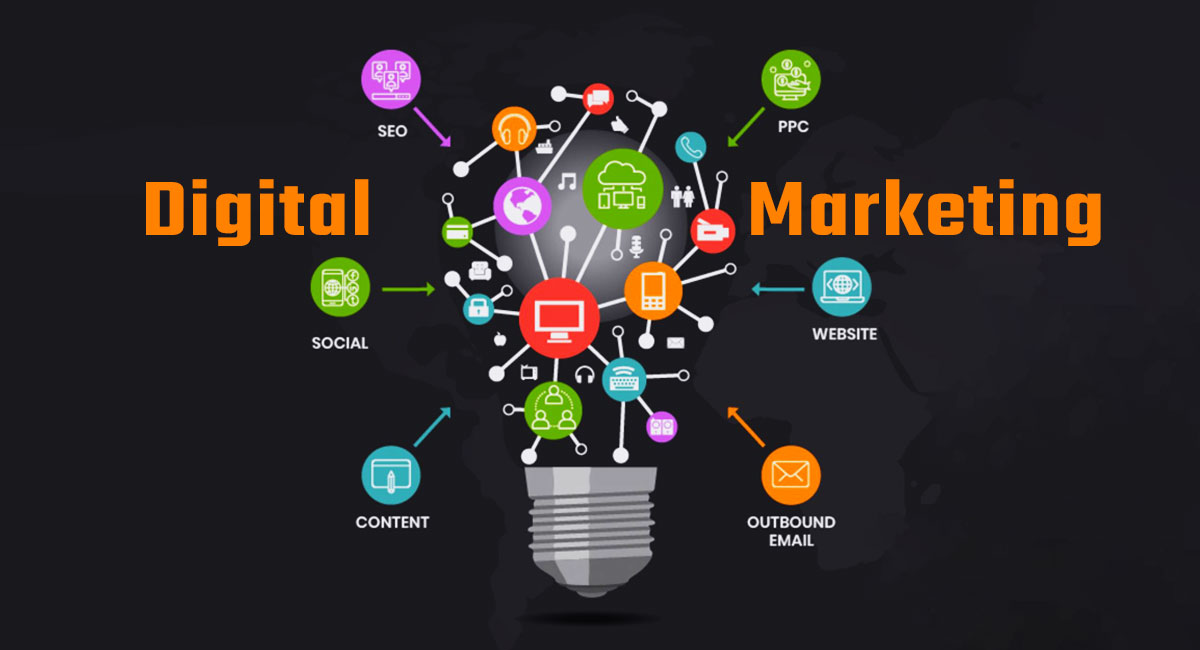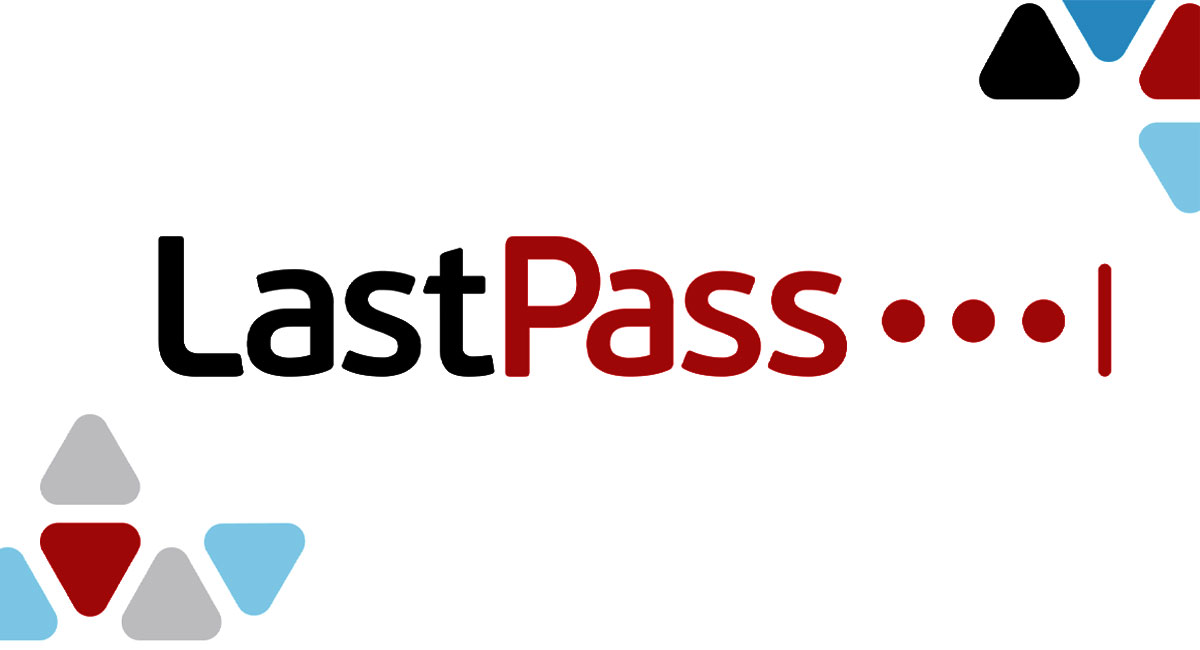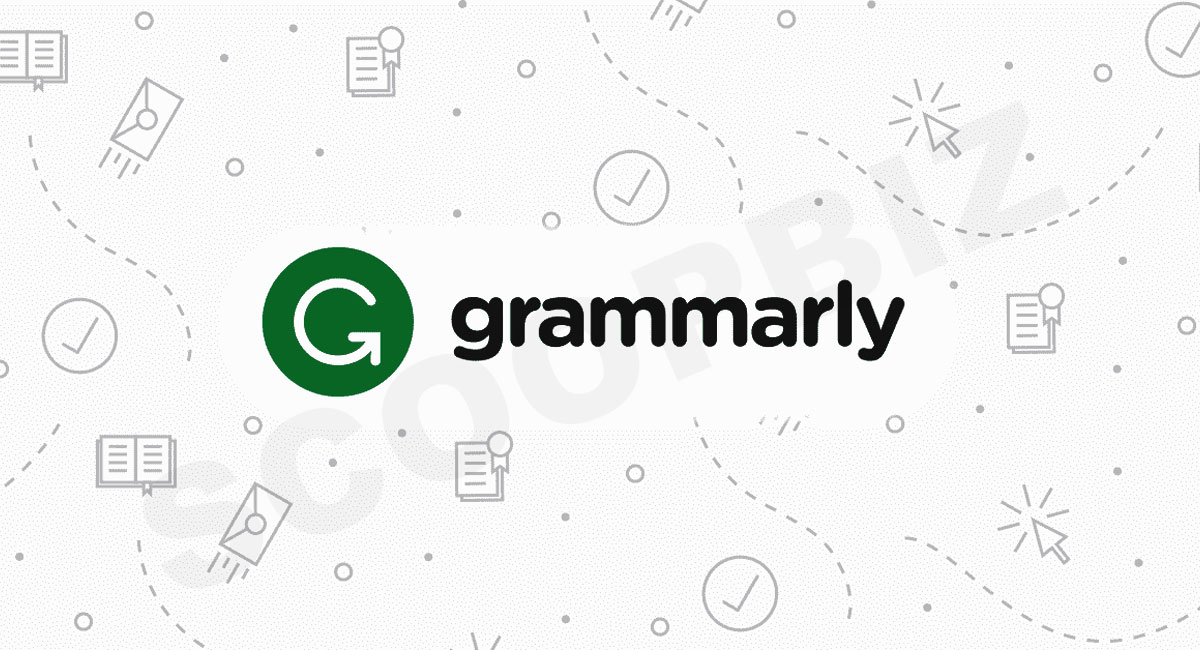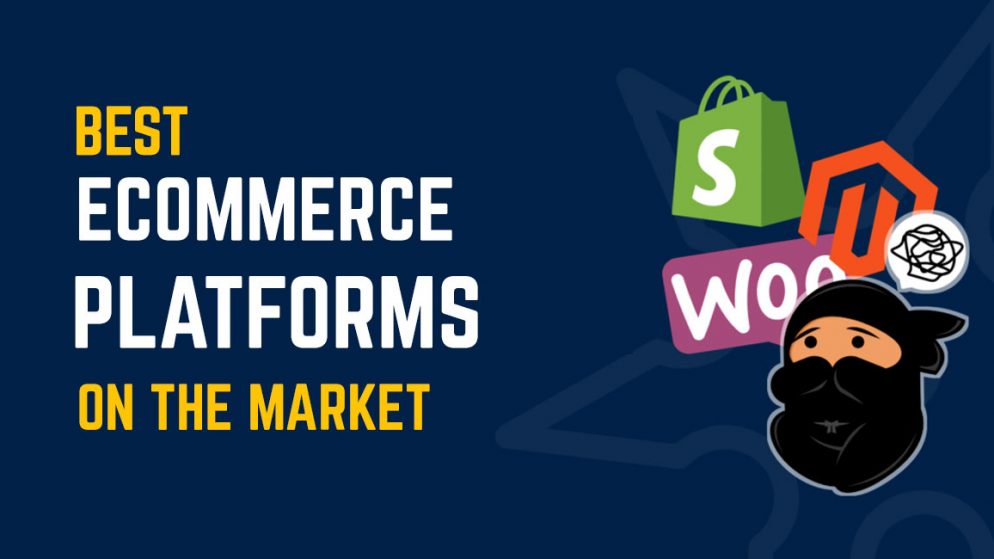
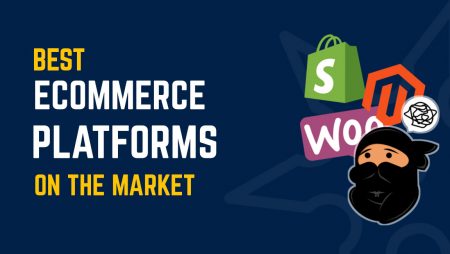
Heads up: Our content is reader-supported. This page includes affiliate links. If you click and purchase, I may receive a small commission at no extra cost to you.
There are several alternatives for operating an online business. Since 2009, I’ve used Shopify, an all-in-one eCommerce system, to manage many online stores and assist with customers. Here is my assessment of Shopify, with 11+ benefits and drawbacks for your online shop.
But first, some background information.
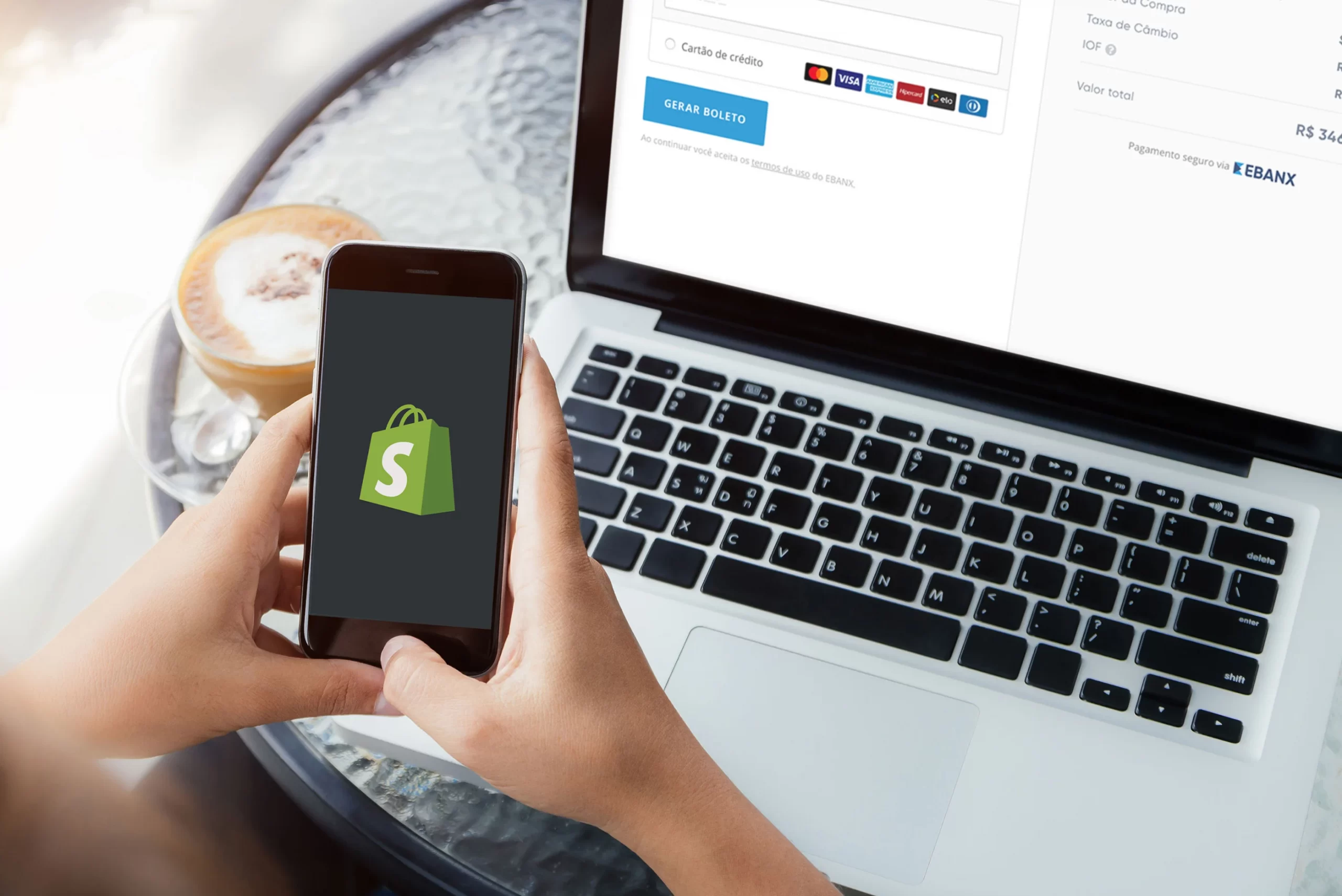
There are several alternatives for managing an online shop, and deciding which eCommerce platform is appropriate for your company may have a significant impact on it in the same way that picking a building or location for a physical store would. It’s not the be-all and end-all of the business, but it can surely make or break your firm and either greatly increase your potential or badly cripple it.
Know About Shopify

A hosted eCommerce platform called Shopify offers all the tools you need to set up an online presence.
must create an online catalogue in order to set up and begin selling your items. Check out Shopify’s ambitions. I’ve detailed what Shopify is and how it works in a lengthy article.
It’s comparable to choosing to hire a general contractor rather than acting as the general contractor and employing subcontractors yourself to construct your home. Even if you’re still in charge, you let the general contractor to utilise their skills to complete the job. I often use the example of real estate.
The strategy has advantages and disadvantages, which is what we’ll discuss. However, you should be aware that BigCommerce and Volusion are Shopify’s major direct rivals. All three of these companies provide turn-key eCommerce solutions, which in turn compete with non-turnkey alternatives (such creating your own shop using WordPress + WooCommerce).
These hosted eCommerce “marketplaces,” such as Amazon, eBay, and Etsy, are competitors of these services. More information on Shopify’s compatibility with Etsy and how it compares with website builders like Wix can be found here.
In addition, Shopify has a “Buy button” feature that enables you to use Shopify as a Point of Sale (POS) / Inventory option. This feature enables you to let customers click to buy your products anywhere online (Pinterest, Facebook, WordPress blog, Tumblr, etc.) and anywhere offline (like Farmer’s Markets, tradeshows, etc.).
I’ll be focusing more on Shopify’s whole online shop bundle and less on that. The Buy button is only available as part of the Lite Plan, and it really competes more with Square & PayPal than it does with complete online shop choices.
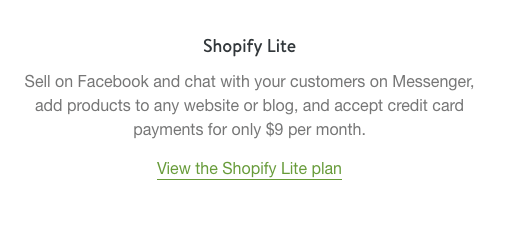
Is Shopify Legit and Safe?
Yes, Shopify is a publicly listed corporation with industry-leading security and audited software.
However, keep an eye out for any Shopify-related pyramid scams. Due to its widespread use, Shopify has drawn its fair share of scammers and fraudsters. Customers dealing with dropshipping businesses and chargeback concerns are the main problem.
Shopify is software, but only for legitimate Shopify shop owners. It’s an eCommerce solution, not a fully operational company. A profitable Shopify shop still has to put in the effort to identify a product and a market as well as sell whatever it is that it has to offer. A secure and authorized method to streamline the process is Shopify.
Is It Worth It?
It varies! I realise that is a frustrating response. But it’s accurate. A tool is Shopify. You may not like it. Shopify is probably not worthwhile if you just sell one digital product on your blog.
Your WordPress website may use a WooCommerce plugin or a PayPal button. However, Shopify is definitely worthwhile if you need to manage a multi-product eCommerce site with inventory, marketing tools, customer records, etc. If the advantages and negatives balance out for you depending on your objectives, resources, skills, etc., then.
Shopify Pricing
Only 4 Shopify plans are available. You may upgrade your account as your company expands, just as with many other online services. Be mindful that the Lite plan, which does not feature a product catalogue but rather a substitute for a service like Stripe or PayPal, is actually only an introduction to using Shopify.
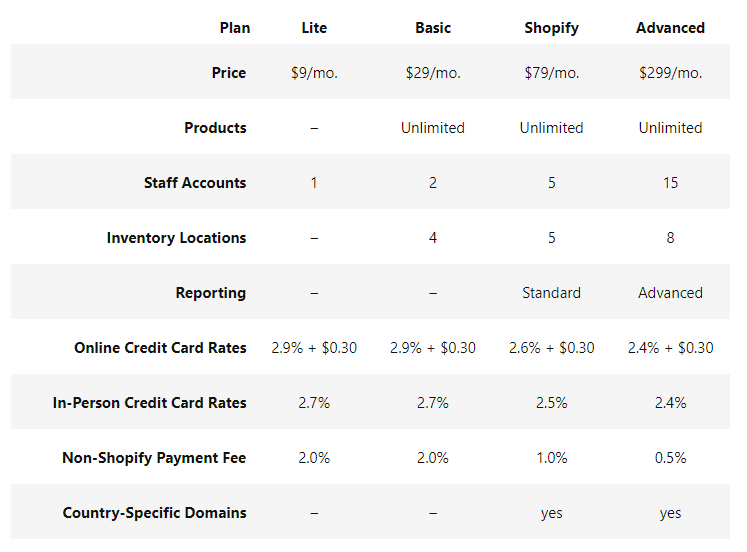
Shopify Alternatives
If you want to start an online shop, you have a lot of choices than Shopify. Shopify may be excellent for selling physical goods, but if you want to sell digital goods, ThriveCart or SamCart are better choices.
PROS
Online, there are many Shopify reviews, most of which are user-generated and based on stories and first-hand knowledge. That’s OK, but my strategy is different. I’ve worked with Shopify as both a shop owner and a consultant to businesses using the platform, as well as advising clients with stores using a variety of other platforms, such as WooCommerce and dozens of others. There is no such thing as the “best” option; rather, there is only the one that is ideal for your shop given its resources and goals.
With that in mind, here are some benefits I discovered while utilising Shopify, both as an all-around eCommerce solution and in contrast to BigCommerce and other direct rivals.
Secure Web Hosting & Quick Hosting
Here are the results of a speed test conducted on my neighbourhood coffee shop’s Shopify store:
Running an online business has a number of issues, including the necessity for your hosting to be both very quick and extremely safe if you want to accept credit cards.
Every additional tenth of a second that a consumer has wait for your website to load increases the likelihood that they will depart and visit one of your competitors. In fact, most research reveal that users will only stay on a website for 4 seconds before departing; for eCommerce sites, this window is considerably less.
On the other hand, in order to handle credit cards and continue to be PCI compliant, you also need to route your customers’ credit cards via additional security measures. Even though many companies outsource payments to a third-party provider (like PayPal or Google Wallet), if your store isn’t configured properly, even that connection might be hindered.
With an all-in-one solution like Shopify, you can leave that aspect of the company in the hands of experts who can handle concerns like compliance, caching, and a variety of other difficulties associated with operating an online shop. Shopify may take steps to make its systems hack-proof, such as offering rewards to security researchers. Shopify is reputable and secure. They are a publicly listed firm that has made significant expenditures in security and software engineering.
There are many variables that affect website performance, but because Shopify is able to manage speed & security on a “global” platform level, they are particularly good at it. They provide 100% SSL, maintain lightning-fast websites, and have good integration with payment processors, ensuring that you can always be paid and that clients never have to wait for a page to load.
The Complete Set of Features
Putting all the components of an online store together might be a little difficult, regardless of whether you are developing your own eCommerce solution or looking for an all-in-one solution.
Sure, you could just provide a product for sale, let people pay, and collect their information. But if you want to do it well, you’ll want to add more features.
You’re going to want integrated payments, a simple method to add and delete goods, the ability to modify the appearance of your shop, and you’re certainly going to want reliable, straightforward analytics to monitor everything (something that Volusion makes it tough to implement).
Shopify always provided everything I need to operate a fantastic online business, without nickel and diming me with upgrades or leaving me high and dry without a crucial feature, whether I ran stores for customers or myself in the past.
Excellent customer service
Customer service is one of my top reasons to use a platform like Shopify when comparing my experiences between developing an eCommerce site yourself (using something like WordPress + WooCommerce) and operating one.
When you construct and manage it yourself, your only options are expensive developers and sometimes unresponsive internet forums. With Shopify, you get responses quickly. And from both a developer and storeowner standpoint, all of my interactions with Shopify’s customer support have been really quick, accurate, and helpful.
They provide a large FAQ library, email and chat assistance, as well as phone support with a genuine, knowledgeable representative on the other end.
This safety net of constantly having someone at your side with answers is almost worth the Shopify membership fee alone while you are focused on managing your online business. And Shopify stands out in this regard.
Marketing
If no one visits your internet shop, what good is it? That is the purpose of marketing, which Shopify is particularly good at. Shopify doesn’t provide the most sophisticated marketing tools on the globe (as part of the core bundle; more tools are available in the App Marketplace), but they do provide the necessities and make sure the necessities are done very effectively. For instance, SEO.
Shopify’s ability to rapidly and easily develop landing pages for marketing campaigns (such as email, Google Ads, Facebook Ads, etc.) sets it apart from competing all-in-one platforms (and some DIY platforms).
Additionally, Shopify produces clean, 100% crawlable code for SEO. In addition to other necessities like Search Console, sitemaps, and the avoidance of the enduring plague of eCommerce SEO…duplicate content, they permit bespoke Title tags, meta descriptions, and even on collections (for SEO geeks, they use canonicals properly).
As an SEO consultant, I’ve always been able to implement even complex stuff using their front-end code editor, despite the fact that they don’t provide “root” or FTP access. Or, they’ve already taken care of all the more complicated technical tasks (like Schema, SSL, Canonicals, Sitemaps, etc.) so I can concentrate on things like content strategy.
In my opinion, Shopify is a fantastic option if you’re looking for an all-in-one platform that offers solid marketing for SEO, Google Ads, and whatever else you have up your sleeve.
Design
Excellent online platforms, in my opinion, should always allow for at least two levels of customization: first, they should look good right out of the box, and second, they should be simple to modify without the help of a qualified visual designer or developer.
WordPress is a wonderful example of this since it can be used to construct a pretty high-end website and looks beautiful right out of the box. It also has a tonne of custom themes that you can purchase and install.
I give Shopify a lot of credit for having this capability as well. Shopify operates on a theme-based platform. It offers a pre-installed basic Shopify theme, a few free Shopify themes, and a large selection of custom-built themes that can be purchased via their marketplace. Additionally, as shown in the picture above, Shopify makes its theme system accessible so that a designer or developer may alter it and build whatever sort of store you like, regardless matter whether you are a little niche retailer or a multi-million dollar company.
If you’re just getting started, you can get by just fine with a free theme and upgrade as soon as you can justify or need it. Alternatively, if you feel more comfortable using it, you may utilise their drag and drop layout tool.
Add-Ons / Plugins (Buy Button + Shopify App Store)
There are several features incorporated into Shopify. However, no platform could reasonably provide all the functionality that business owners want. So, by opening an App Store, Shopify followed in the footsteps of Facebook, Apple, and Android.
Shopify offers the platform and all the essential functionality, as well as enabling third-party app developers to produce very niche goods that easily integrate with Shopify’s platform. These alternatives go beyond the built-in Shopify template and include both free and premium theme options. Applications for dropshipping, sales tools, payment gateways, social network integration, and product reviews are all available in the Shopify App Store.
Because it’s probably already available in the Shopify App Store, you won’t need to worry about hiring a developer every time you want a certain feature using this arrangement.
it will be far less expensive and perform just as promised.
This has developed into one of Shopify’s “killer features” over the last year, setting them apart from a lot of their immediate rivals. Since so many businesses interact with Shopify directly, finding the ideal solution for your needs is simple (ie, for email, retargeting, CRM, etc). * \s * This includes using contractors as well. A Shopify merchant may obtain specialised assistance for working with anything from setting up a Shopify account to SEO to constructing a product page to designing a whole website via Shopify’sShopify Expert and Shopify Partner programmes.
Shopify has also made a significant investment on its Buy button. One the one hand, selling any goods separately from your website might be a little perplexing. However, it gives a lot more freedom to businesses with a strong online presence or to those that just don’t want to put up a complete eCommerce website on a domain (available on the ShopifyLite Plan).
Not every platform has the size to do this well, but Shopify does. They also have a business development team that focuses on creating new applications and bringing in new developers to address issues. For me, Shopify’s App Store is a significant plus.
Company Structure & Size
A publicly listed firm on the New York Stock Exchange is Shopify (SHOP). They have several growth plans in place and are expanding quickly.
Now that Wall Street profit pressure is there, consumers may experience some drawbacks (see Pricing section in Cons). However, it also indicates that the business is established, has access to funding and resources, and is focused on all things eCommerce.
Due to Amazon, the colossal eCommerce elephant, this is important.
Both good and bad things might come from Amazon for small-business online retailers. Although they provide a large market, selling on Amazon is essentially a feudal system. It is far preferable to appropriate Amazon’s worth in order to create your own brand and online business.
That’s where the eCommerce clout of Shopify comes in. Since you’re attempting to create your own sales channels, it’s a good thing that Shopify doesn’t have a marketplace like Amazon. However, Shopify offers cutting-edge solutions to help you take on Amazon. Shopify continuously releases new products and even huge efforts like 3rd party fulfilment, POS systems, and company branding tools, in addition to their sales channels (which include an app to sync inventory with an Amazon seller account).
CONS
However, not every platform is ideal, and a Shopify review would be incomplete if it didn’t include the drawbacks of utilising Shopify for an online business. Let’s look at the six drawbacks of utilising Shopify for online stores.
Shopify’s Cost
Pricing in e-commerce may be quite perplexing. It might quickly get irritating between the payments here and the subscriptions there.
Currently, Shopify outperforms rivals in many aspects, particularly when it comes to price transparency and overall value. You may receive the greatest prices in the market if you completely commit to the Shopify platform, but there are a few restrictions to take into account. And it’s these limitations that place pricing in the category of drawbacks and bad compromises.
Here is a list of the four price factors you need to take into account.
First, the sticker price you pay each month for a certain set of features is called your monthly pricing. The Lite Plan for Shopify costs $9 USD each month, and the prices increase from there. But keep in mind that the Lite plan is only available to Buy button merchants. In reality, I’d estimate that Shopify’s Basic Plan is $29 per month and goes higher from there. Comparing this pricing to that of other suppliers is the easiest.
The second is your platform transaction fees, which are an extra percentage of sales that you pay to a platform. If you use Shopify as your payment processor, Shopify no longer charges a transaction fee for any of their plans.
When cross-comparing, you have to take them into consideration. If you currently use a third-party processor like Square or Authorize.net, Shopify can end up being more costly than alternative choices. But they can be less expensive if you utilise Shopify Payments. To compare attentively is the goal.
Third, your credit card fees, which have mostly been consistent since they were first introduced. You don’t need to use a third party processor since Shopify Payments manages its own POS and processing network. Accordingly, Shopify Pay receives fees rather than a processor like PayPal or Authorize.net. It can help you avoid a lot of bother and a little money.
Comparing products may be challenging, and Shopify’s lock-in problems should be taken into account. But if you don’t already have a processor, Shopify Payments may save you a tonne of time and effort. even if you already do, may increase certain prices.
Fourth, the costs associated with your add-on and plugin purchases. These are third-party applications, plugins, or other pieces of software that you may buy to enhance your shop. These are mostly one-time purchases, although sometimes they incur transaction costs. The Shopify app store is rather large. Some are paid, but most are free. When preparing for your shop, be sure to budget for them.
Although Shopify’s applications are often superior to native capabilities included in other platforms, they may easily be more expensive than native features.
specifically for wholesaler features & inventory management. Read about Volusion, BigCommerce, and WooCommerce as Shopify alternatives if you want more native functionality.
For Shopify, the pricing is a “con with a caveat.” The built-in credit cards and the absence of transaction fees are major plusses, but the monthly price and other costs may mount. Generally speaking, Shopify is somewhat more expensive than Volusion& slightly less expensive than BigCommerce… until you lock into Shopify Payments, at which case the scales may tilt in the other direction. Because the price variations are so small, you should compare products based on their features and level of service.
Like other hosted systems, Shopify will always cost more per month to operate than a self-hosted business you manage yourself. However, if you’re managing a larger setup, self-hosted shops (like WordPress + WooCommerce) may have highly expensive development demands.
The cost of Shopify will be high if you have a modest store and some technological expertise. Shopify’s price will really be a fantastic deal if you want to concentrate on managing and promoting your business (and prefer predictable monthly expenses). To take care of things like Google Merchant Center or Schema, you don’t need to employ coders or a technical SEO specialist.
Customization
I said previously that one benefit of Shopify is that it offers fantastic possibilities for custom Shopify themes, looks amazing out of the box, and can be completely modified by a developer or designer.
Now for the drawback of their modification arrangement: rather than utilising anything like PHP for their templates, they employ a special setup to alter their themes. In some respects, it’s a great positive, but for someone who enjoys making little adjustments without going all out on personalization, it may be bothersome.
I’m accustomed to modifying WordPress themes since they are written in PHP, a language that is popular and has a tonne of forums and assistance, but the Shopify Liquid arrangement is unfamiliar to me and anybody else who has never used it.
Although it is easy to learn and they do provide fantastic help in the Shopify forums, I still think that having to learn Liquid in order to modify my store’s theme is a bit of a drawback.
Content Promotion
A significant marketing tool for eCommerce is content marketing. You can expand your brand, increase social media shares, improve organic traffic, and inform your audience.
The blogging software that comes with Shopify isn’t the best, particularly if you’re used to WordPress. It does the job and is superior to their rivals’ offerings, but I would absolutely want to see it enhanced.
My general guideline is that it makes sense to integrate WooCommerce with WordPress if you have a blog that also includes a shop. However, Shopify works effectively if your business is mainly an online shop and your blog serves as a marketing tool.
Shopify Slang
Every eCommerce platform will have a learning curve, however I discovered that Shopify’s learning curve is a little harder just due of the somewhat incorrect terminology they employ. I don’t find their shop set up to be precisely how I’d set things up, whether it’s because they use “collections” rather than “categories,” have their Liquid theme set up, or have made a number of other tiny adjustments.
I believe Collections function fine if you understand them out, however readers have explicitly mentioned Shopify’s categorization as a problem, especially when contrasted to Volusion which focuses more on inventory features.
Once you recognise that the Shopify Dashboard is configured as an eCommerce company perspective rather than an online shop view, it becomes much more straightforward. As a channel, your shop management is one step down (see video below).
It’s not a major drawback, but some services, like BigCommerce, are a little more upfront about their “user experience.” With the introduction of Shopify 2, this drawback has been alleviated, although it is still there.
Even though vendor lock-in is a drawback for all-in-one eCommerce generally, I had to include it in my Shopify evaluation. The transition to a new platform won’t be easy if you ever decide to relocate your shop there. This makes picking an eCommerce platform particularly difficult since you have to think forward and not simply focus on current expenditures.
Shopify is a fantastic platform for growth, in my view. They have the size, functionality, price, and support to take care of you whether you are a brand-new one-product business or want to become the next Amazon. There is no upsell to the higher tier of the plan; everything is open and obvious.
The most you could obtain, however, if you ever wanted to quit, would be a CSV export of your product data. The rest is no longer there. BigCommerce, Volusion, and other “hosted eCommerce platforms” share this disadvantage, but it should still be taken into account when choosing a platform for an online shop.
First Setup
The initial setup procedure for Shopify is its last drawback for online stores. Shopify has undoubtedly made the initial setup of your online business much simpler with the advent of Shopify 2, but it still isn’t a “simply add water” process. In a way, it is simple, although I believe they exaggerate a little. It requires some technological expertise (especially to get your domain name redirecting correctly).
Anyone who invests in Shopify with the expectation of starting to make money within 15 minutes will be dissatisfied. Because Shopify does things correctly, doesn’t let you cut shortcuts, and doesn’t make important choices for you, it takes a little longer and necessitates some technical expertise.
Should You Use It?
Shopify will be a perfect choice for you if you’re seeking an all-in-one eCommerce solution for your online shop, wanting to expand and add items, and your main priorities are marketing and growth.
I would also recommend BigCommerce if you’re looking for something a little bit more affordable and simpler to set up (see my Bigcommerce review).
Search for alternatives using my recommended eCommerce systems.
Check out this article for the best website builder for selling things if you simply want to sell a few items rather than creating a whole online shop.
I wrote about my experience with Shopify Plus, Shopify’s enterprise option, if you are a brand searching for one.

